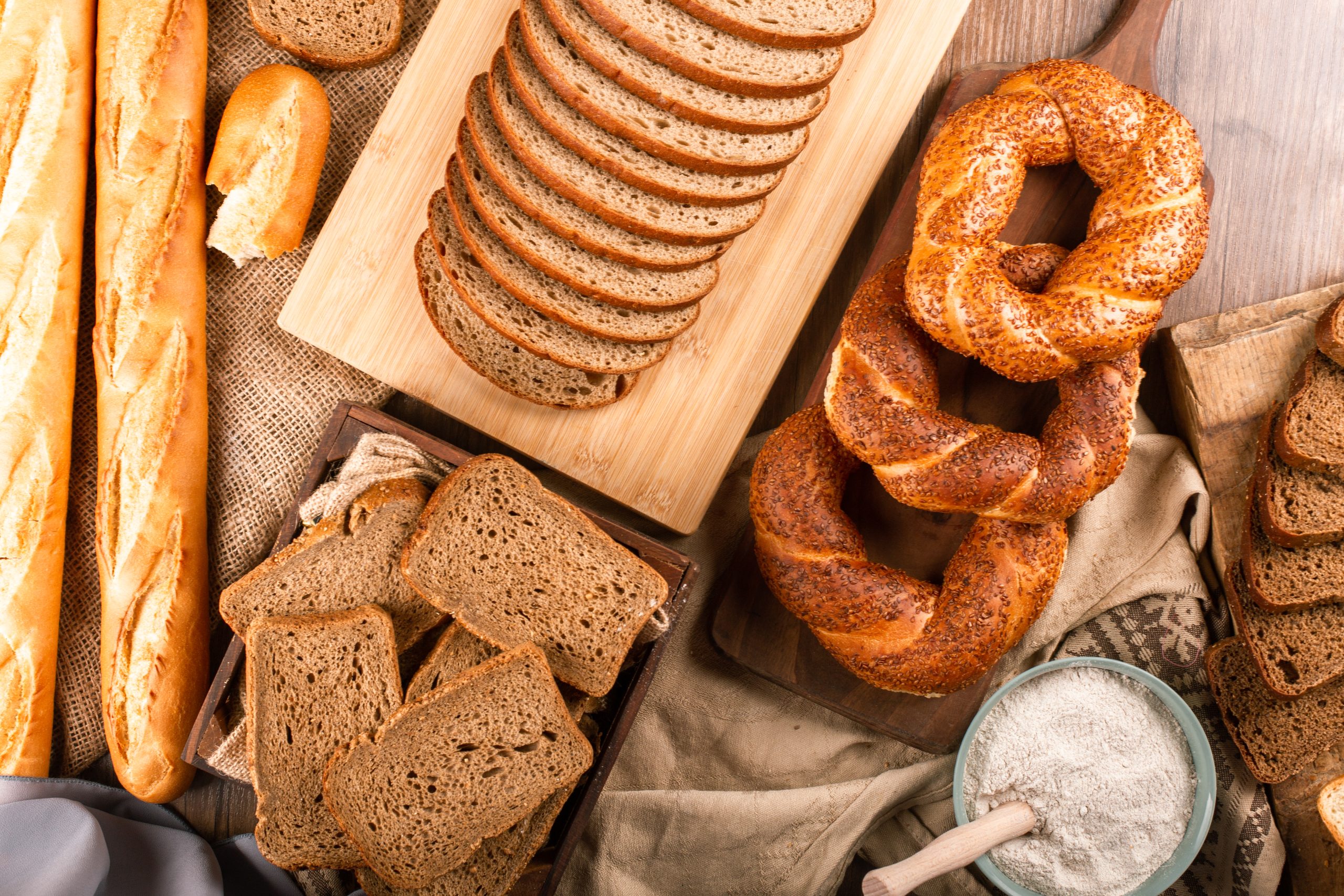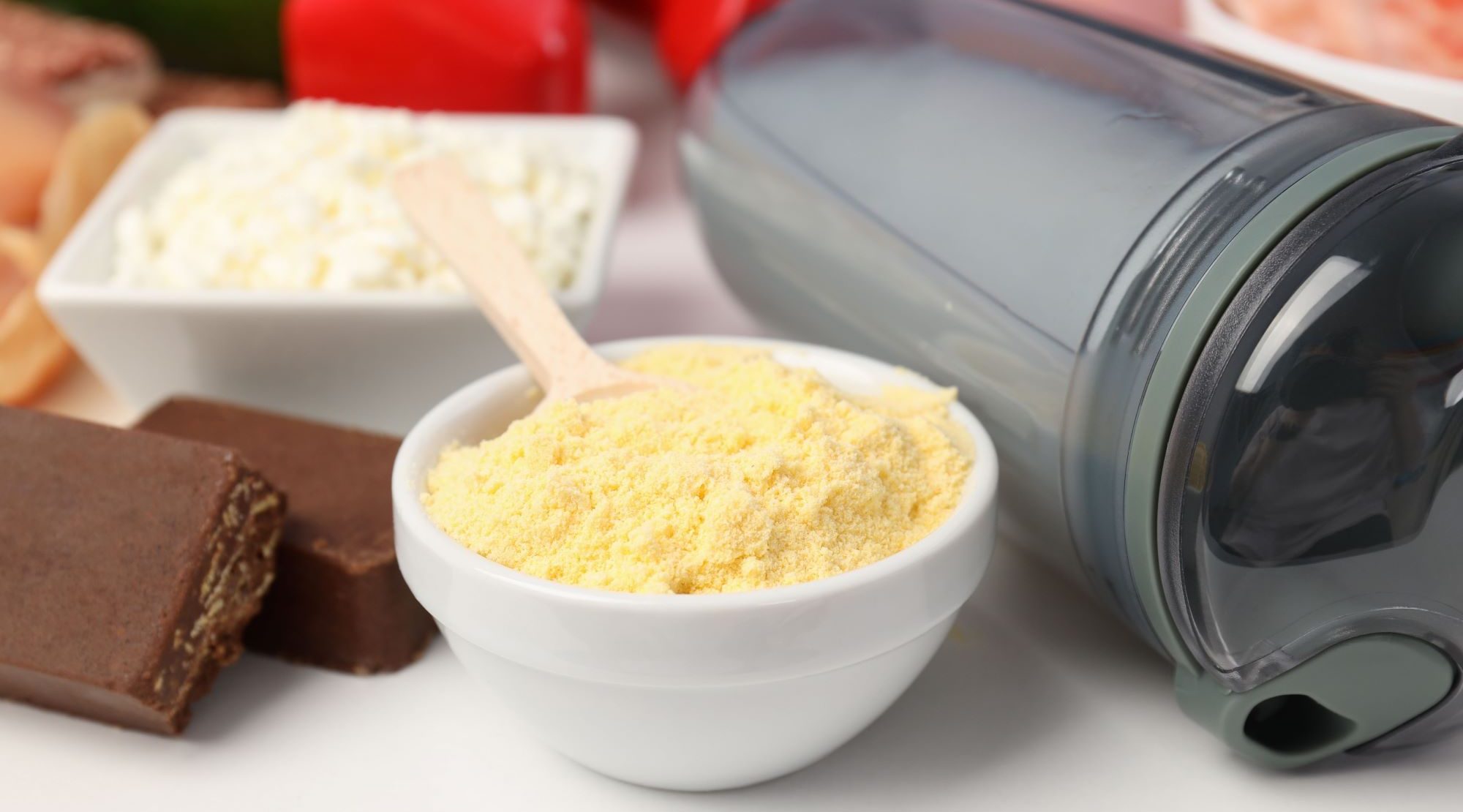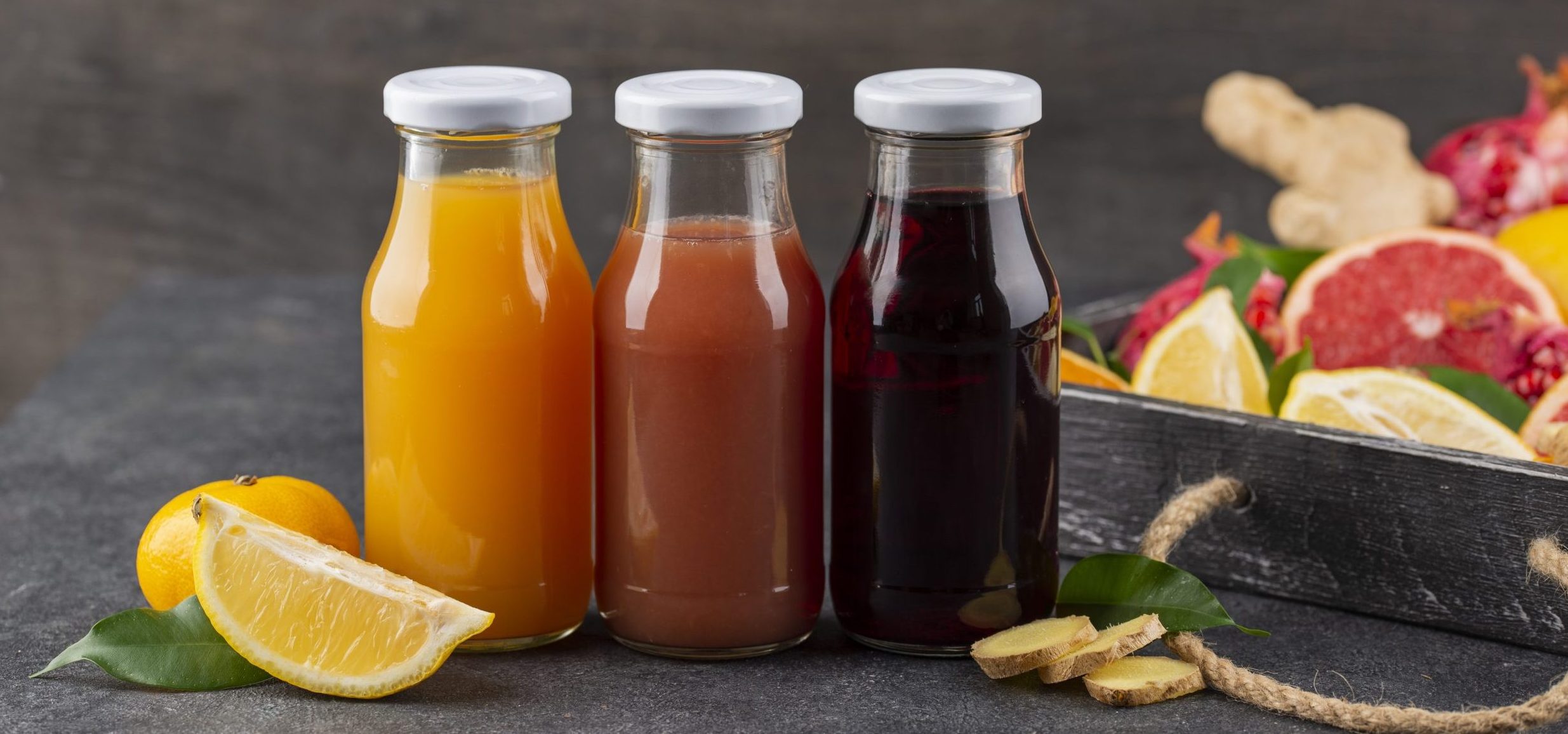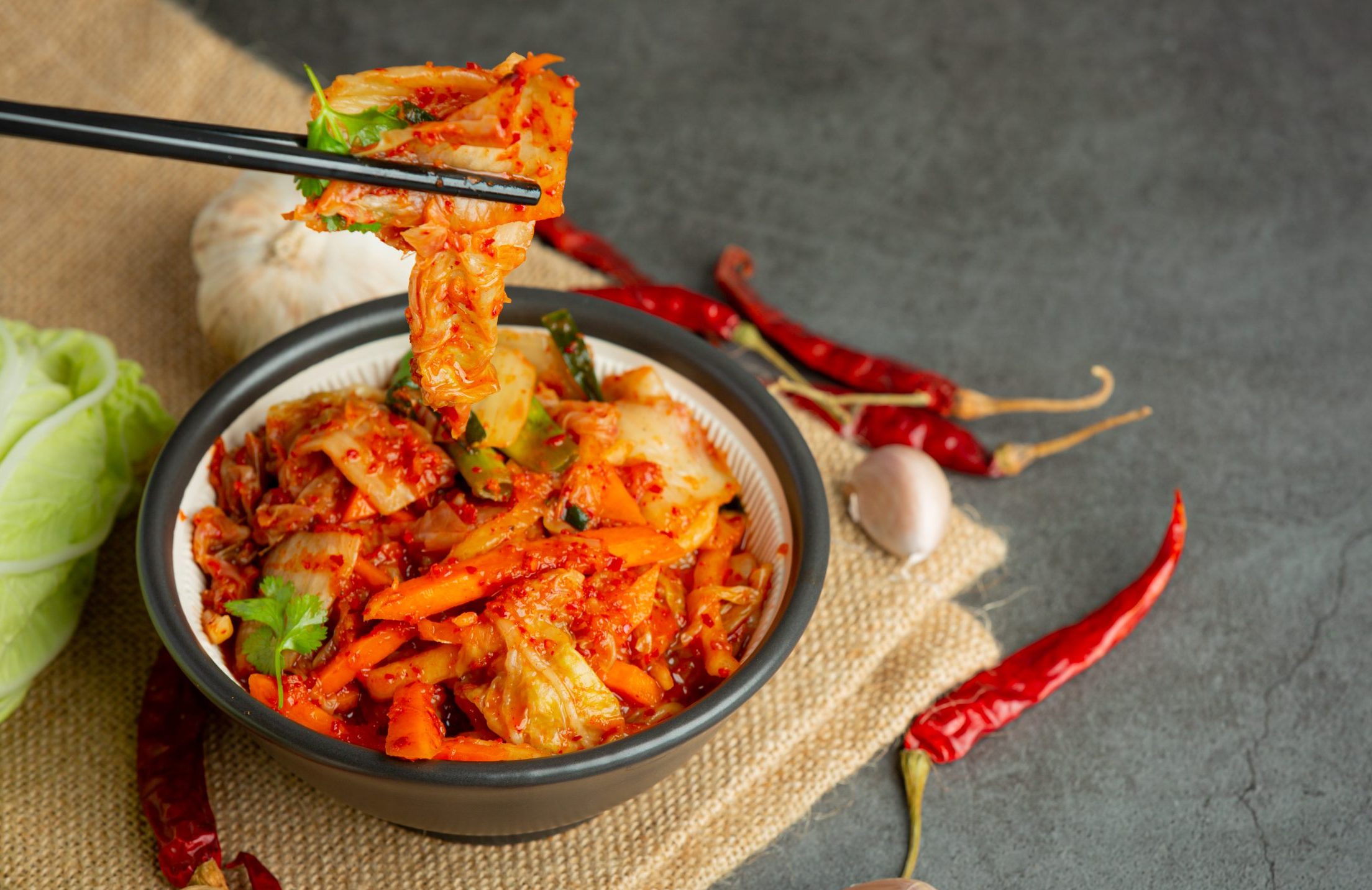The COVID-19 pandemic had affected the entire world’s functioning, bringing about profound and lasting changes of every life aspect, including food-related behaviours7. Restaurants have been closed, and many companies and institutions have switched to hybrid or remote work. Many people who used to eat out have start preparing meals at home and food delivery have simply just blown up12.
While at home, many consumers discovered a love for cooking. According to an online survey carried out in ten European countries, a latent class cluster analysis had distinguished group of consumers based on how they react to the pandemic with regards to their eating habits. The results turned out 60% of the sample were resilient, while 35% of them reported more enjoyment in cooking and eating, more time in the kitchen and more family meals. Among those, a slight majority also showed signs of more mindful eating, as indicated by more deliberate choices and increased consumption of healthy food12. A Deloitte survey also indicated that the consumers planned to eat more of their meals at home even after the health crisis is over4.

In effect with rising in home-cooking, choosing the right cooking oil can make every meal a bit healthier. Cooking oils are an integral part of our diet as they are used in almost all types of culinary practices, from salads to the main courses. There are various sources of vegetable cooking oils available in the market and each vary significantly in their fatty acid composition8,16. Consumers adopting a more holistic approach to their health are thus leading to vast demand and usefulness of vegetable cooking oil in terms of the optimum balance of fatty acids16.

Essential Omega-3
In the past few decades, awareness towards the role of essential fatty acids in human health and disease prevention has been ballooning15. Many studies show that higher intakes of omega-3 fatty acids (FA) are associated with a lower incidence of cardiovascular diseases6,17, enhance cognitive ability5, and have anti-inflammatory properties10.
Alpha-linolenic acid (ALA) is the plant-based essential omega-3 FA found in vegetable oils, primarily in flaxseed, walnut, canola and soybean oils1,2. Eicosapentaenoic acid (EPA) and docosahexaenoic acid (DHA) is also known as the “long-chain” or marine omega-3 FA since they are prevalent in marine animals and can be produced by water plants such as algae. In fact, EPA and DHA have the most potent health benefits of the omega-3 FA1,19. It is worth noting that the rise in vegetarianism and greater sustainability landscape are pushing consumers and manufacturers towards alternative plant sources thus the demand for algal oil consumption is increasing18.
Understanding Omega-3: Why EPA & DHA are superior to ALA
The shorter chain omega-3 FA, ALA is a prominent component of our diet, but it does not provide the health benefits seen with EPA and DHA. ALA is a precursor to EPA and DHA, in other words, ALA from vegetable oils needs to be converted into the active forms (DHA and EPA) before it can utilised by the body. However, the conversion rate in human body is inefficient, where the conversion rate of ALA to DHA or EPA often falls within ~2% to 10%, while ALA to DHA is even lower3,11,13. Due to its relatively low conversion rate, ALA might not be able to achieve the same health benefits as EPA and DHA do16. Therefore, fortification of vegetable oils with long chain omega-3 FA will help to improve the fatty acid profile.
Frying Up The Future of Cooking Oils
In view of the health benefits of long chain omega-3 FA, the future of this ingredient segment seems promising in the functional foods domain. Commoditization of innovative products are happening in the oil space, whereby cooking oil manufacturers are beginning to fortify their oils with algae omega-3 oils in particularly – DHA, to promote the oil products as a healthier alternative14. At DPO International, we are honoured to be in partnership with Hexagon Nutrition to bring you a range of ingredient choices that will elevate the quality of your oil & fat products.
References
1Bellows, L., Clifford, J., Niebaum, K., & Bunning, M. (2015). Omega-3 Fatty Acids – Fact Sheet No. 9.382. Colorado State University Extension.
2Blondeau, N., Lipsky, R., Bourourou, M., Duncan, M., Gorelick, P., & Marini, A. (2015). Alpha-Linolenic Acid: An Omega-3 Fatty Acid with Neuroprotective Properties—Ready for Use in the Stroke Clinic?. Biomed Research International, 2015, 1-8. https://doi.org/10.1155/2015/519830
3Chiu, C., Su, K., Cheng, T., Liu, H., Chang, C., & Dewey, M. et al. (2008). The effects of omega-3 fatty acids monotherapy in Alzheimer’s disease and mild cognitive impairment: A preliminary randomized double-blind placebo-controlled study. Progress In Neuro-Psychopharmacology And Biological Psychiatry, 32(6), 1538-1544. https://doi.org/10.1016/j.pnpbp.2008.05.015
4Deloitte. (2021). What’s cooking in the food industry? Latest consumer trends.
5DiNicolantonio, J. J., & O’Keefe, J. H. (2020). The Importance of Marine Omega-3s for Brain Development and the Prevention and Treatment of Behavior, Mood, and Other Brain Disorders. Nutrients, 12(8), 2333. https://doi.org/10.3390/nu12082333
6Djuricic, I., & Calder, P. C. (2021). Beneficial Outcomes of Omega-6 and Omega-3 Polyunsaturated Fatty Acids on Human Health: An Update for 2021. Nutrients, 13(7), 2421. https://doi.org/10.3390/nu13072421
7Eftimov, T., Popovski, G., Petković, M., Seljak, B., & Kocev, D. (2020). COVID-19 pandemic changes the food consumption patterns. Trends In Food Science &Amp; Technology, 104, 268-272. https://doi.org/10.1016/j.tifs.2020.08.017
8Falade, A., Oboh, G., & Okoh, A. (2017). Potential Health Implications of the Consumption of Thermally-Oxidized Cooking Oils – a Review. Polish Journal Of Food And Nutrition Sciences, 67(2), 95-105. https://doi.org/10.1515/pjfns-2016-0028
9Fediol. (n.d.). The role of vegetable oils and fats in a balanced diet. Fediol Nutrition Factsheet.
10Giacobbe, J., Benoiton, B., Zunszain, P., Pariante, C., & Borsini, A. (2020). The Anti-Inflammatory Role of Omega-3 Polyunsaturated Fatty Acids Metabolites in Pre-Clinical Models of Psychiatric, Neurodegenerative, and Neurological Disorders. Frontiers In Psychiatry, 11. https://doi.org/10.3389/fpsyt.2020.00122
11Goyens, P., Spilker, M., Zock, P., Katan, M., & Mensink, R. (2005). Compartmental modeling to quantify α-linolenic acid conversion after longer term intake of multiple tracer boluses. Journal Of Lipid Research, 46(7), 1474-1483. https://doi.org/10.1194/jlr.m400514-jlr200
12Grunert, K., De Bauw, M., Dean, M., Lähteenmäki, L., Maison, D., & Pennanen, K. et al. (2021). No lockdown in the kitchen: How the COVID-19 pandemic has affected food-related behaviours. Food Research International, 150, 110752. https://doi.org/10.1016/j.foodres.2021.110752
13Hussein, N., Ah-Sing, E., Wilkinson, P., Leach, C., Griffin, B., & Millward, D. (2005). Long-chain conversion of [13C]linoleic acid and α-linolenic acid in response to marked changes in their dietary intake in men. Journal Of Lipid Research, 46(2), 269-280. https://doi.org/10.1194/jlr.m400225-jlr200
14Kakkad, S. (2021). Charting the rise of omega-3s as a functional food ingredient.
15Kaur, N., Chugh, V., & Gupta, A. (2012). Essential fatty acids as functional components of foods- a review. Journal Of Food Science And Technology, 51(10), 2289-2303. https://doi.org/10.1007/s13197-012-0677-0
16Sarangam, S., & Nema, P. K. (2021). Blended Microalgae and Vegetable Oil: Composition, Nutritional and Health Consequences. Natural Volatiles & Essential Oils, 8(4), 2391-2412.
17Schwab, U., Lauritzen, L., Tholstrup, T., Haldorsson, T., Riserus, U., Uusitupa, M., & Becker, W. (2014). Effect of the amount and type of dietary fat on cardiometabolic risk factors and risk of developing type 2 diabetes, cardiovascular diseases, and cancer: a systematic review. Food &Amp; Nutrition Research, 58(1), 25145. https://doi.org/10.3402/fnr.v58.25145
18Sehl, A., Caderby, E., Bouhouda, S., Rébeillé, F., Griffiths, H., & Da Rocha Gomes, S. (2022). How do algae oils change the omega-3 polyunsaturated fatty acids market?. OCL, 29, 20. https://doi.org/10.1051/ocl/2022018
19Swanson, D., Block, R., & Mousa, S. (2012). Omega-3 Fatty Acids EPA and DHA: Health Benefits Throughout Life. Advances In Nutrition, 3(1), 1-7. https://doi.org/10.3945/an.111.000893







